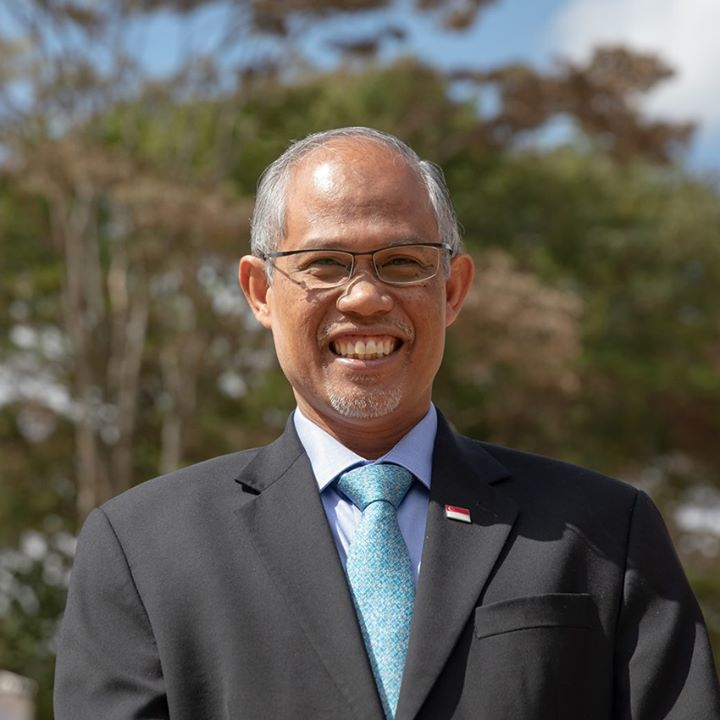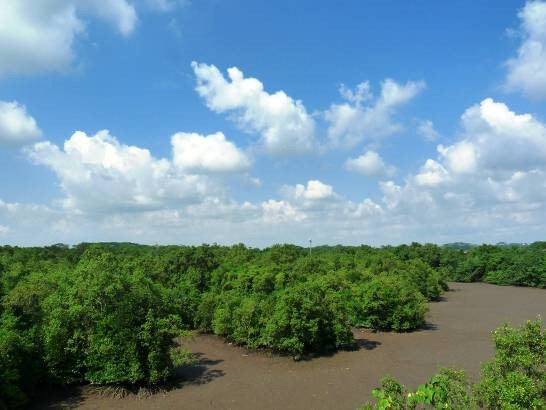Singapore is planning to tackle its sole climate change concern over sea level rise by embracing nature-based solutions such as expanding mangrove areas and afforestation, said Minister for the Environment and Water Resources Masagos Zulkifli, on Monday, addressing the visiting UN panel of scientists.
In August, Singapore Prime Minister Lee Hsien Loong had said in his National Day Rally speech that the Republic was exploring engineering works to protect the coastline from rising sea levels, including a land reclamation technique along the eastern coast and some offshore islands.
But for the first time, Mr Masagos Zulkifli has brought into focus the nature-based solutions, giving Singapore's climate change strategy a dual edge to tackle. Unless the climate change is tackled, the minister noted that "citizens will take their cause to the streets and reason will fail to rule... We take both hard and soft engineering approaches to mitigate coastal erosion, and actively restore our mangrove areas."

Under the Forest Restoration Action Plan, Singapore wants to plant an additional 250,000 native trees and shrubs, besides its rich green cover spanning over two million trees and 350 parks and four nature reserves.
Defending the government plan to widen the mangrove cover, Daniel Friess, a mangrove expert with the National University of Singapore's geography department, said mangroves can stem the rapid rate of sea-level rise. Besides bringing to life many lost mangroves, he said areas such as Pulau Ubin, an island off Singapore's north-eastern coast can be added to this natural resource.
"We can also think about new areas where we can grow mangroves in novel ways, by designing future developments and reclamations that allow mangrove growth," he said.

Today, less than five per cent of the original mangrove forests habitat in the early 1800s remain and the largest patch is found in Sungei Buloh Wetland Reserve, in an estimated land area of 100 hectares. This marshland is also being promoted as a site for migratory birds.
Another project is the Coastal Protection and Restoration of Mangrove Biodiversity at Pulau Tekong, where a combination of hard and soft engineering solutions to arrest the coastal erosion and restore the mangrove areas at the northeastern coastline of the island are undertaken.








